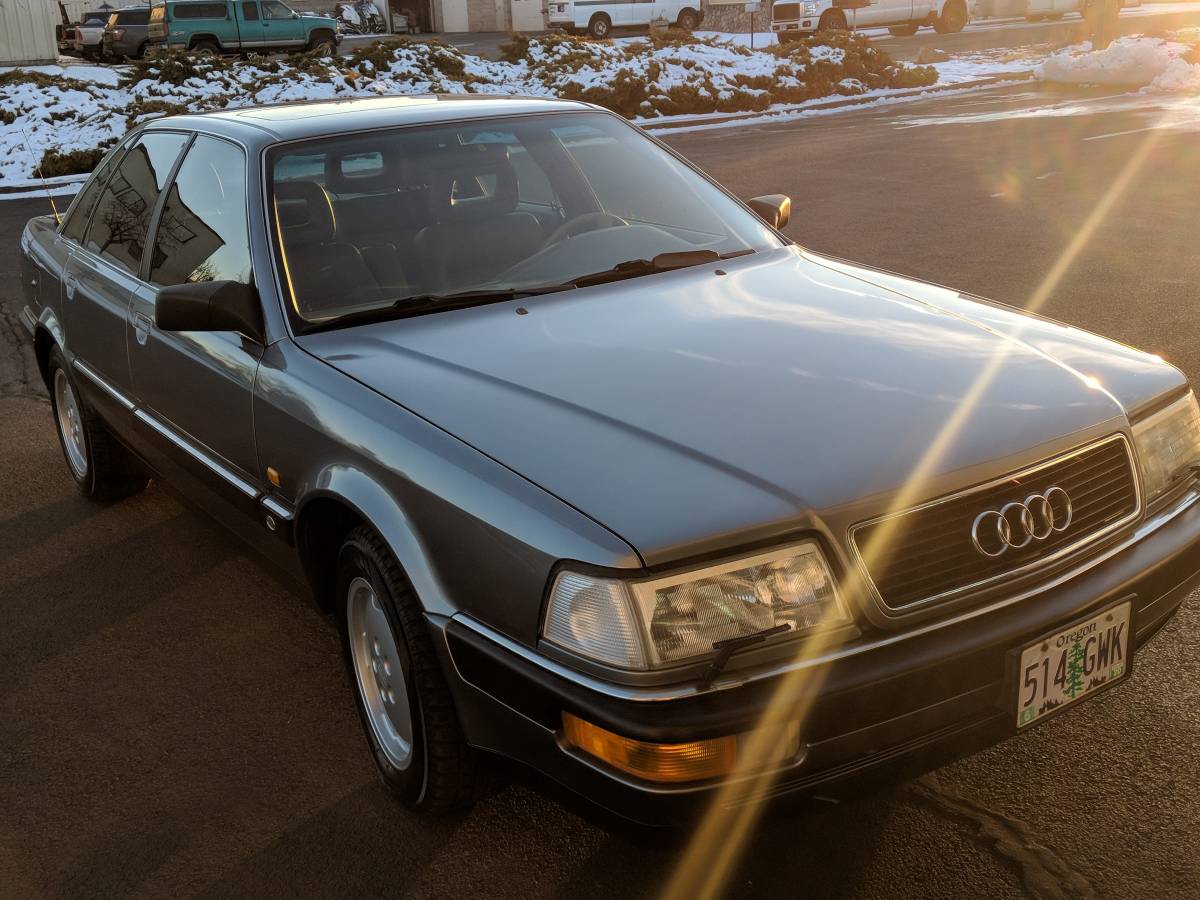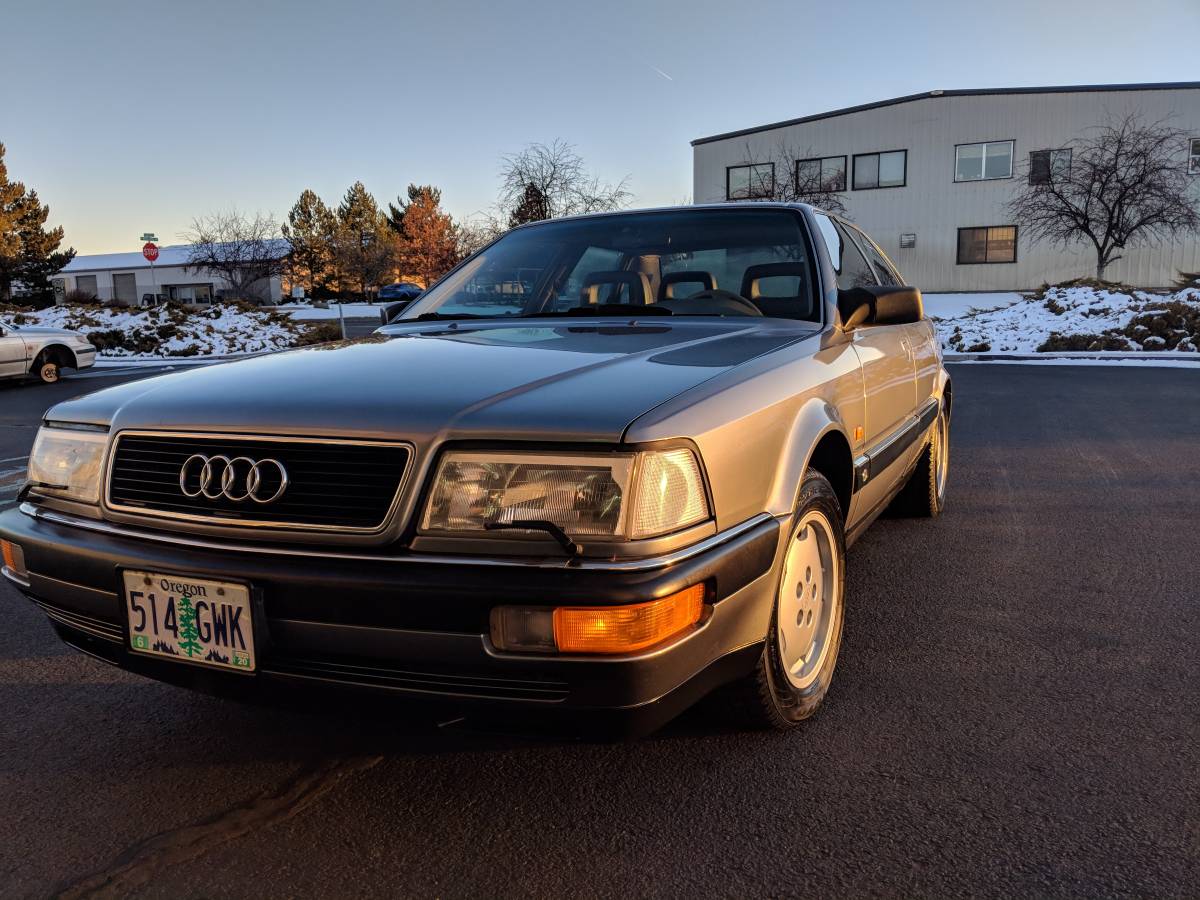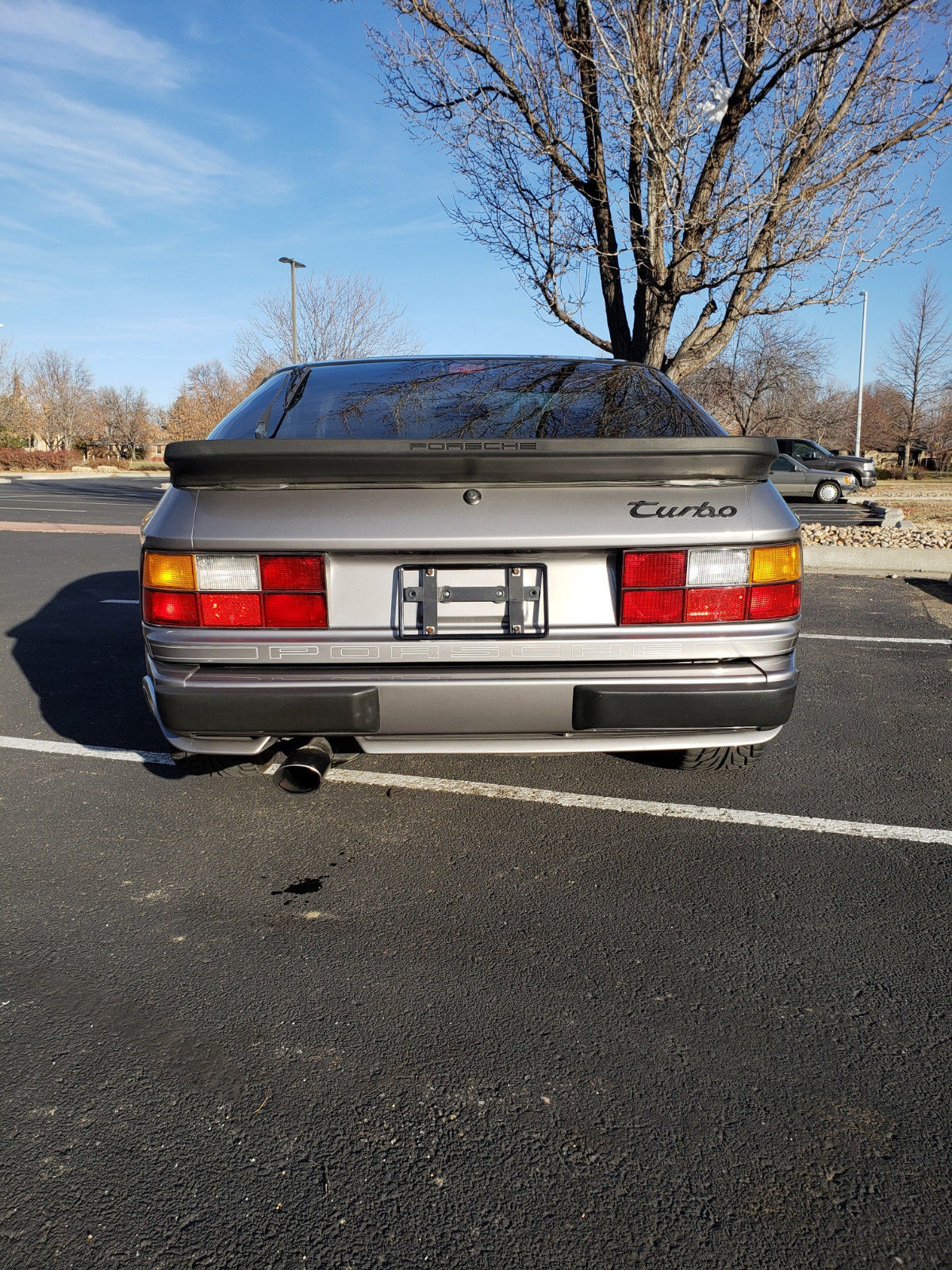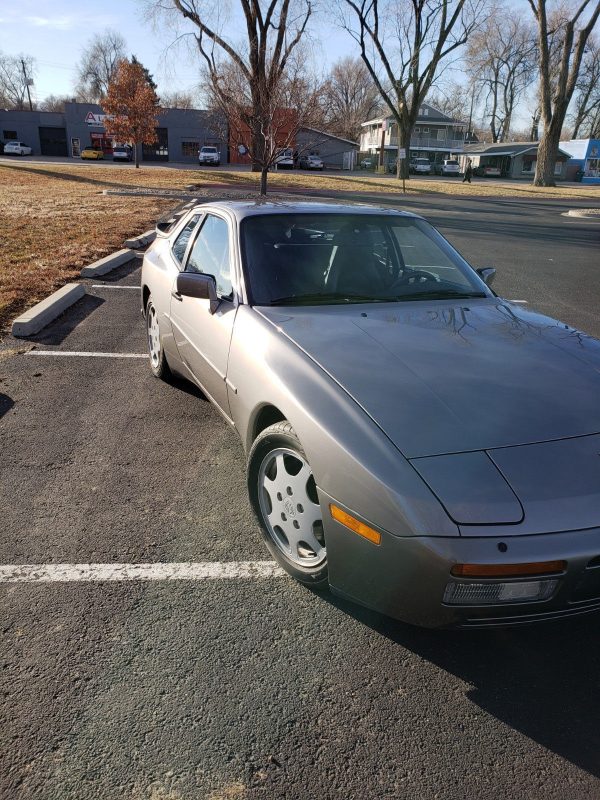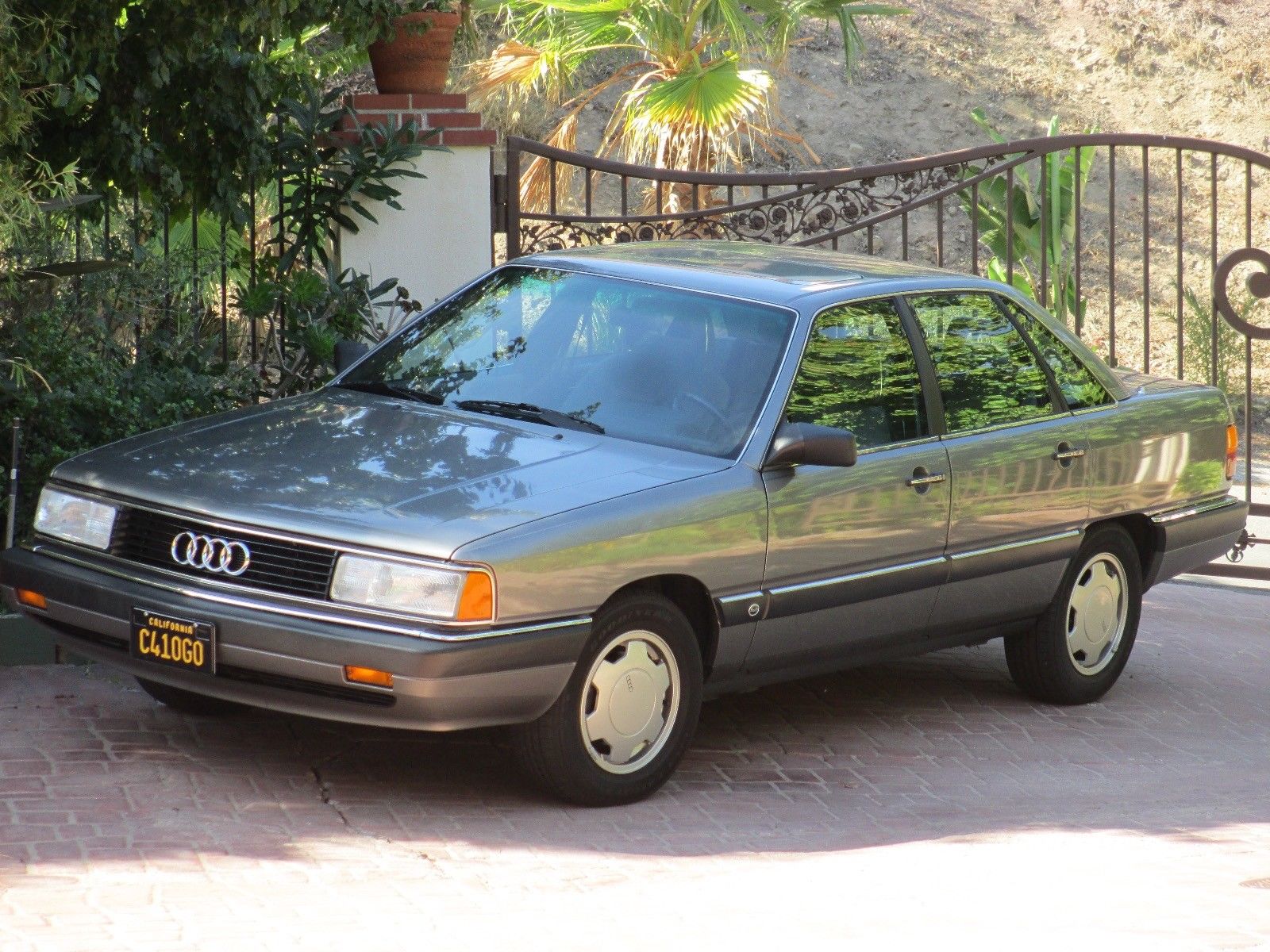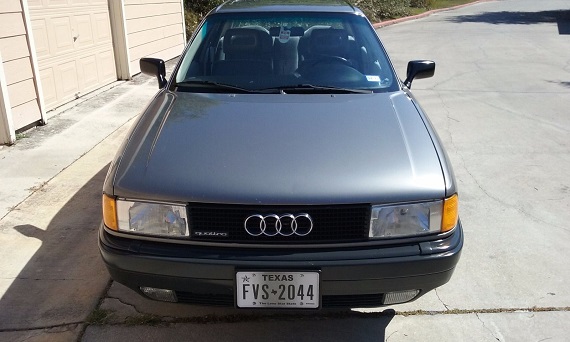From the dated underpinnings of the Type 44 chassis, Audi emerged in 1988 with an all-new 4-cam aluminum engine that could be mated to an automatic transmission. Now, to most enthusiasts that probably sounds like a bad idea. But when it came to selling car – especially expensive luxury cars – the overwhelming majority of buyers wanted the car to do most of the heavy lifting. Audi’s response was the next generation of quattro drivetrains with a series of clutches in the center differential that helped to transfer power and allowed the car to be mated to an automatic transmission. That transmission – the ZF 4HP24A – was a derivative of the 4HP24, the same automatic found in the V12-equipped BMW 750 and 850s. Like the Mercedes-Benz, Audi employed Bosch ABS and a locking rear differential. But unlike other Audis with their manual- or electronic-locking rear differential, the V8 quattro used a Torsen rear differential with helical gears which would automatically split torque in up to a 3:1 ratio to the wheel with grip. Coupled with a more rearward weight bias with the shorter V8 and the gutsy torque on offer throughout the rev range, though much of the car was borrowed from the rest of the lineup it took on an entirely different character. That was matched with new, updated bodywork outside and a wider stance with flared arches. The effect? Magical. And, complicated.
But the V8 quattro wasn’t only about its unique new form of all-wheel drive. The moniker obviously indicated there had been a change in motivation, too, and indeed the V8 launched a new all-aluminum 4 cam, 32 valve V8 displacing 3.6 liters dubbed the PT. Rated at 240 horsepower and 254 lb.ft of torque, it was the most powerful Audi for sale in the late 1980s and brought the brand to a luxury level it had previously not competed at. In the U.S., these mega-Audis were met with mixed success. The 1990 launch of the V8 resulted in reasonably good sales; Audi sold 2,823 between late 1989 and the end of 1990 which represented over 10% of their yearly sales. Values in the used market plummeted after timing belt fiascos on early cars and the general recession of the early 90s, along with the ’92 launch of the turbocharged, manual and later Avant-equipped S4/S6 twins. Today, we it’s a bit of a treat to see a clean V8 quattro, and this looks to be one of the better examples out there for sale:
